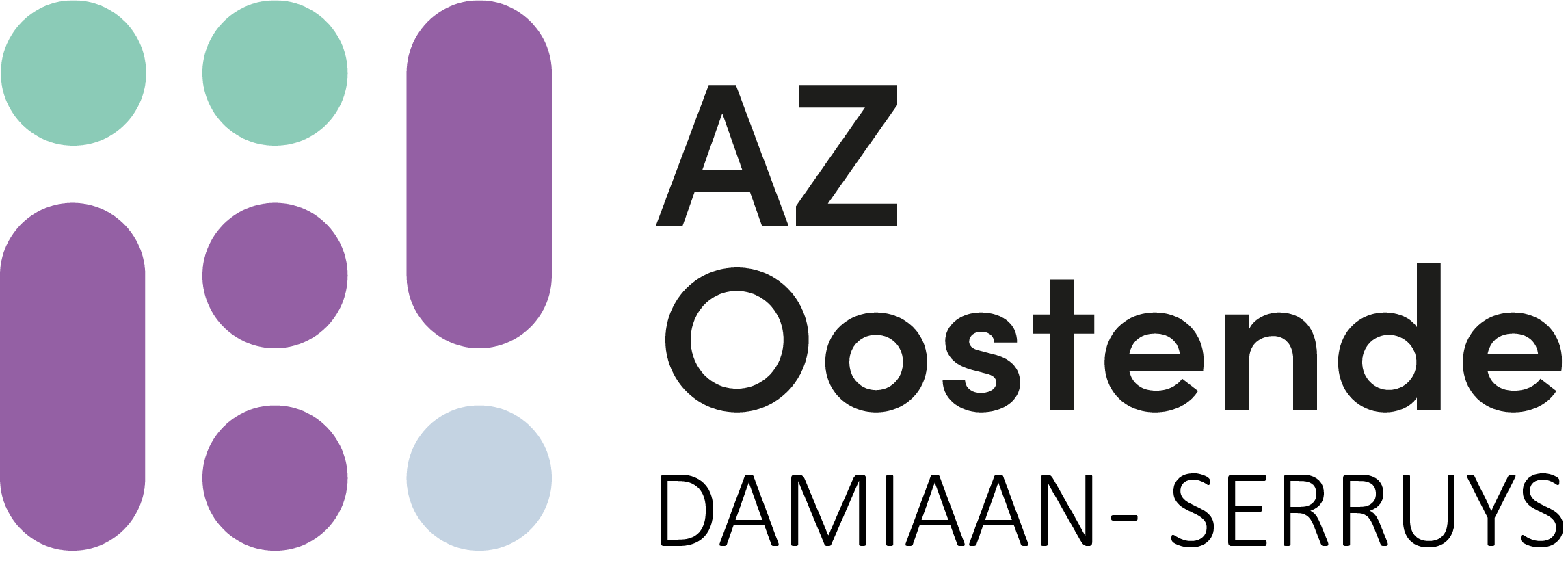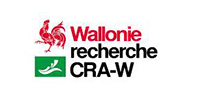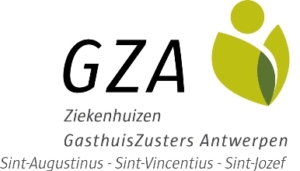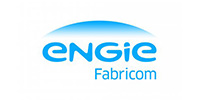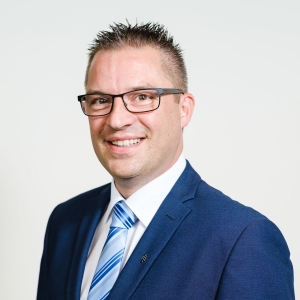Hospitals work with taxpayers’ money, so they try to handle available budgets as carefully as possible. To use medical equipment as efficiently as possible and avoid investments, the Ostend hospital AZ Ostend started a track-and-trace project in cooperation with Blyott and PHI DATA.
AZ Ostend is a future-oriented general hospital that strives to provide quality healthcare for the population of Ostend and the surrounding region. AZ Damiaan had 500 beds. At the end of 2023, AZ Damiaan merged with the second Ostend hospital Henri Serruys to form AZ Ostend.
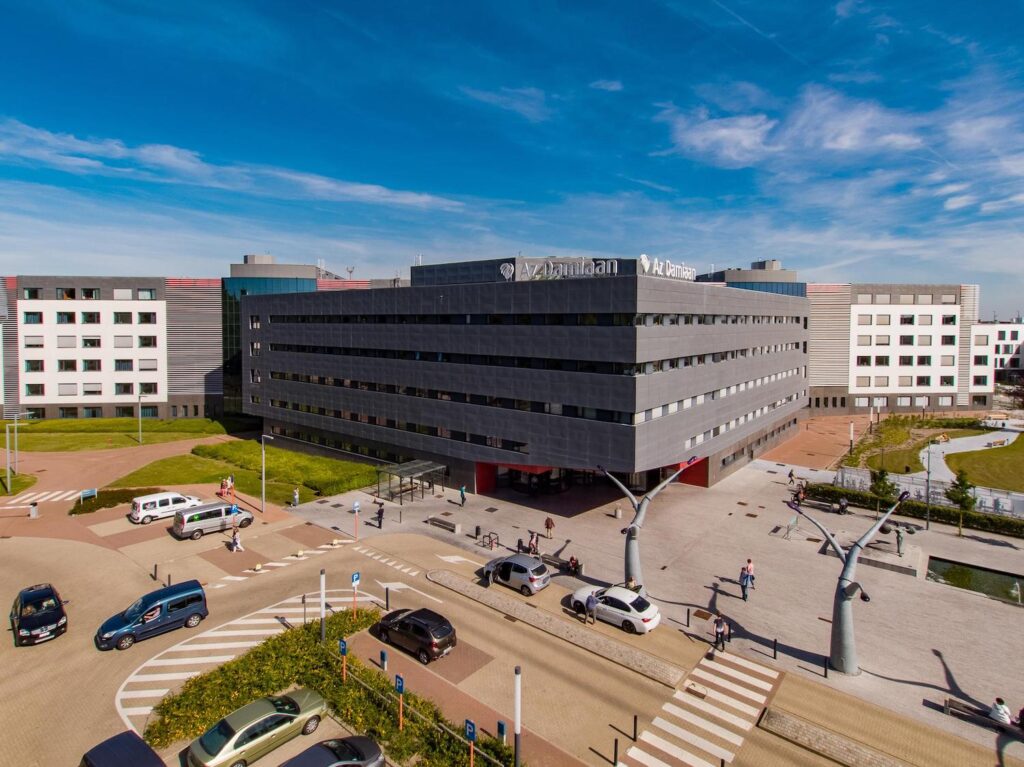
Hospitals are increasingly driven by data, including to guide investment decisions, or to make operations more efficient. Various types of medical equipment (ventilators, syringe pumps, monitors…) and other equipment (beds, wheelchairs…) are used in hospitals, some more expensive than others. That is why AZ Ostend undertook a market study three years ago to use the available resources more efficiently, for example by sharing equipment between departments, and by making the operation of the lending center more efficient. At the same time, consideration was also given to improving preventive maintenance by the biotechnical department that manages the medical equipment.
Replacement of manual processes
Prior to setting up the track&trace project, the management of the equipment was mainly done through forms that were filled out manually. A formality that was sometimes forgotten in the rush to use the equipment! Finding lost equipment then became quite a job.
During the market survey, AZ Ostend took a number of criteria into account:
- The system had to be able to use the hospital’s existing WiFi network. This way, the entire hospital is covered and AZ Ostend did not have to set up a new network of access points.
- The tags should have a long service life. Thus, AZ Ostend should not replace batteries too often.
- The software must be easily accessible and user-friendly so that it is usable by all hospital staff.
- Broad accuracy: equipment should be retrievable to within five to ten meters.
- The price of the complete system.
Based on these criteria, the Blyott system emerged as the winner, also because AZ Ostend obtained information from other satisfied Blyott users such as AZ Maria Middelares (Ghent) and Jan Yperman (Ypres). Blyott’s Bluetooth-based, real-time location-based system excels not only because of its easy installation and long battery life but, thanks to its web interface, it is also easy for anyone to use.
The system consists of the tags, which are attached to the devices, and a Web portal on which users can enter their searches. Eventually, 800 devices will be tagged.
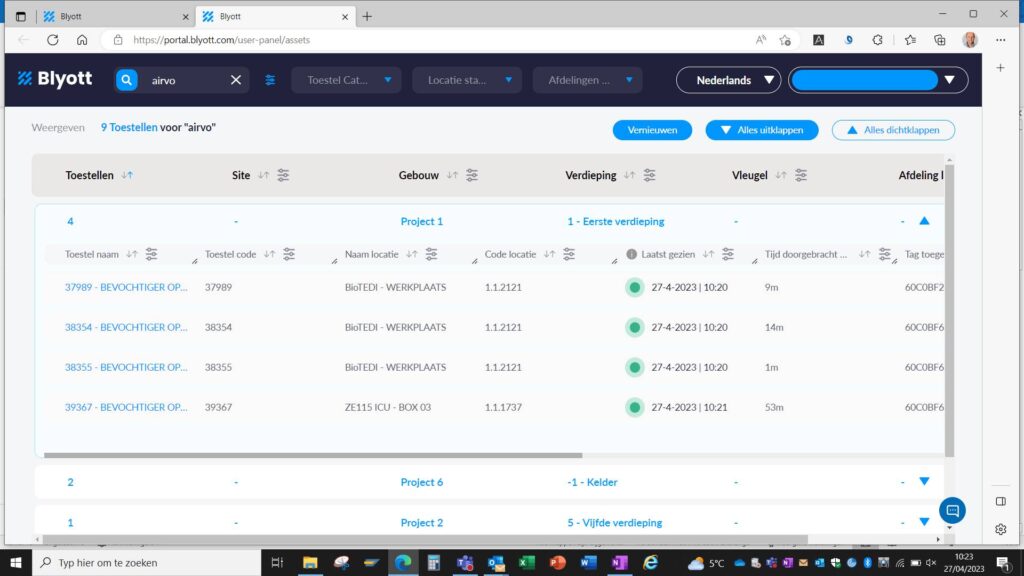
Close collaboration between AZ Ostend, PHI DATA and Blyott
The rollout of the system was done in collaboration with PHI DATA, with whom AZ Ostend has been working for some time, for, among other things, the patient anti-run away system (based on SECURITAS Healthcare’s MobileView solution) and the handheld scanners used for the distribution of medication and the scanning of the care tapes used to identify patients. “We are delighted with the service provided by PHI DATA,” says Bart Dejaegher, medical equipment and care processes staff member. “PHI DATA thinks along with us about applications, e.g. for additional use cases or to further improve the ease of use. PHI DATA knows which other healthcare organizations are using Blyott and can refer us to them, or inquire about issues for us themselves. A project is also currently underway with PHI DATA to see how we can link the data from the Blyott tags with Power BI for in-depth analysis.
Phased rollout leads to high acceptance rate by users
Since early 2023, all AZ Ostend employees have had access to the software. The rollout was gradual, with a number of superusers first being able to use the software. That way, feedback could be collected, for example on the use of the correct search terms. In a second phase, priority users were given access, who are often borrowing devices from other departments. In the third phase, head nurses were added. Thus, the system was fully prepared for rollout throughout the hospital. Because of the phased rollout, everyone had heard about this new service by word of mouth, and many were highly motivated to get started.
“At this stage, for our track-and-trace project, we are focusing on medical equipment, not the 500 beds and the 100 stretchers,” said Dejaegher. “We are now looking primarily at the medical equipment we lend hospital-wide through the lending service, and equipment that is sometimes lent from one service to another.” For example, not every department has an ECG machine, but departments can borrow it (and return it) from one of the six care units that do have one.
For the phased rollout of the Blyott tags, AZ Ostend first looks at urgency: what equipment is most frequently lent between departments, or what equipment is most often requested from the lending service. “In addition, we also tag small devices that often get lost. A pain pump is not that big, but it costs 1,500 euros,” said Dejaegher. “The chances of such a device being misplaced, accidentally disappearing in waste disposal or ending up in a patient’s luggage are high.”
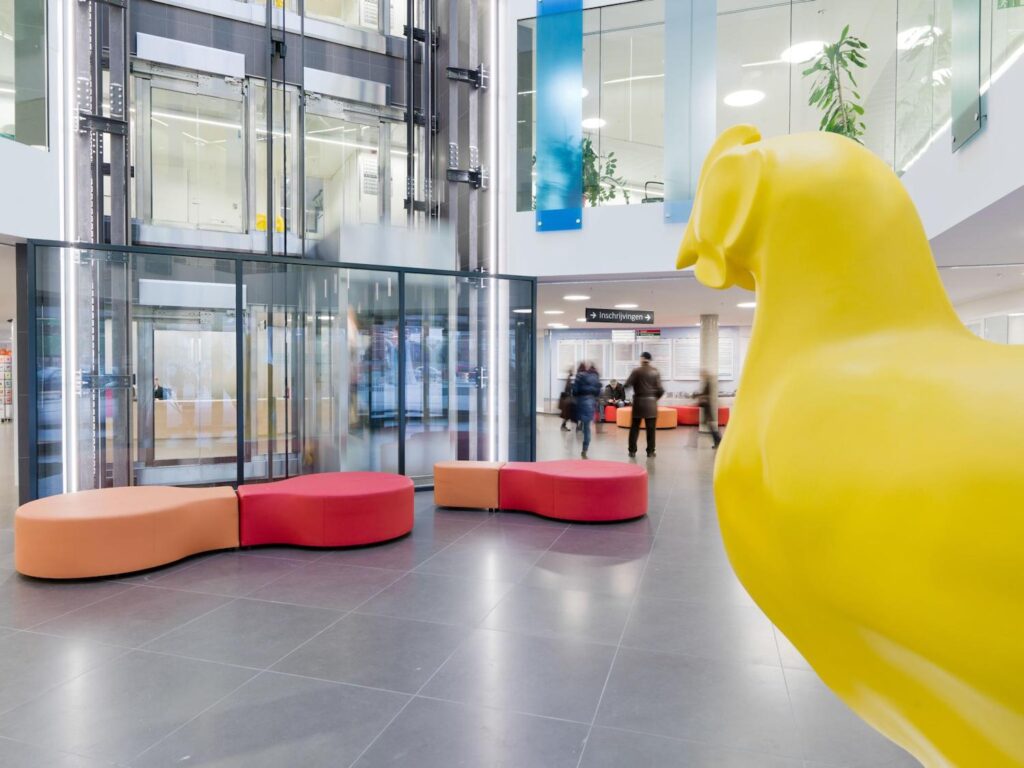
In a short time already measurable results
The benefits of the Blyott system for AZ Ostend are many. Some have been realized already, others will become possible after the system is linked to Power BI:
- Saving time: locating a medical device used to easily take up to half an hour. A simple search on the PC or laptop now learns, in seconds, in which area the device is located. So you recover the device in less than five minutes.
- Deferring investments: it is now easy to analyze how often a device was borrowed. Thus, data objectify possible investment requests. Based on hard data, investments can also be deferred for equipment that is borrowed less frequently.
- Better distribution of resources across departments: AZ Ostend has visibility into which departments borrow devices more often. So devices can be assigned to that care unit so that they are available faster.
- Greater hospital staff satisfaction: it is important for staff members’ well-being that they quickly find their own – lent-out – equipment.
Future prospects
By working with the tags and the software of Blyott and through the cooperation with PHI DATA, which further guides the implementation and provides the appropriate support, it becomes clear to AZ Damiaan what future prospects this system still offers. “The tags are constantly evolving and Blyott wants to further develop them with us,” said Dejaegher. “And PHI DATA is thinking along with us about new use cases.”
AZ Damiaan is already thinking about, among other things:
- Patient flow, where a patient can be followed from admission, through the services they go through. This can lead to better flow capacity management.
- Linking the Blyott system to the Ultimo software that contains a database of all equipment.
- Link with Power BI for further data analysis.
- Rollout to the Serruys campus with which AZ Ostend merges at the end of 2023.
- Output monitoring: items of equipment can occasionally disappear in the waste disposal, or leave the hospital in a patient’s luggage. If an item disappears from the hospital, an alarm can be raised. AZ Damiaan is currently investigating how best to route that alarm.
“It is a great advantage for us that PHI DATA is not only present in the hospital sector. We have already learned a lot from their expertise of logistic processes in other sectors and how other sectors deal with the flow of materials and distribution chains. Thanks to PHI DATA, we discover additional things that we can track with the Blyott tags. In this way we are constantly improving the efficiency of our processes. “


